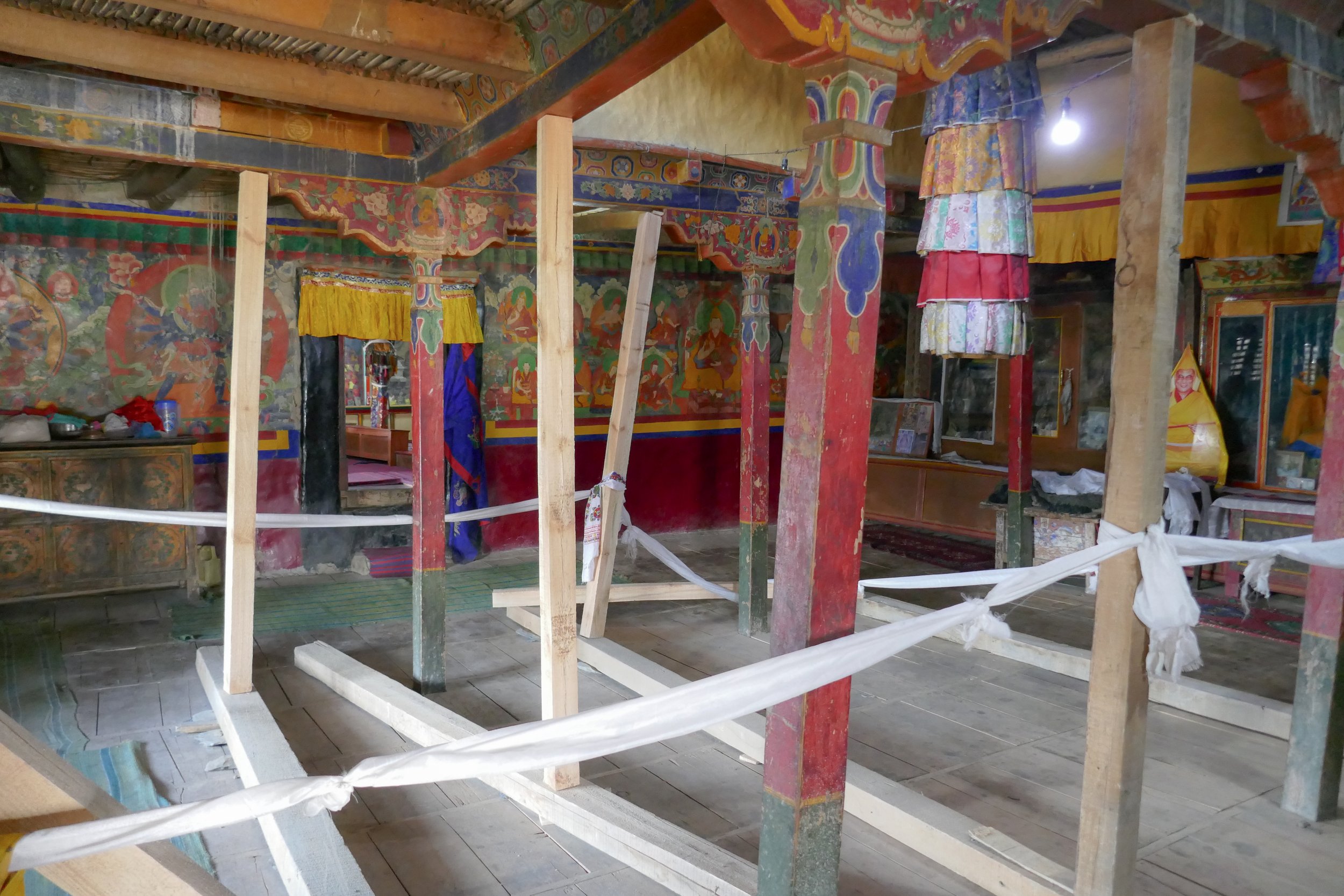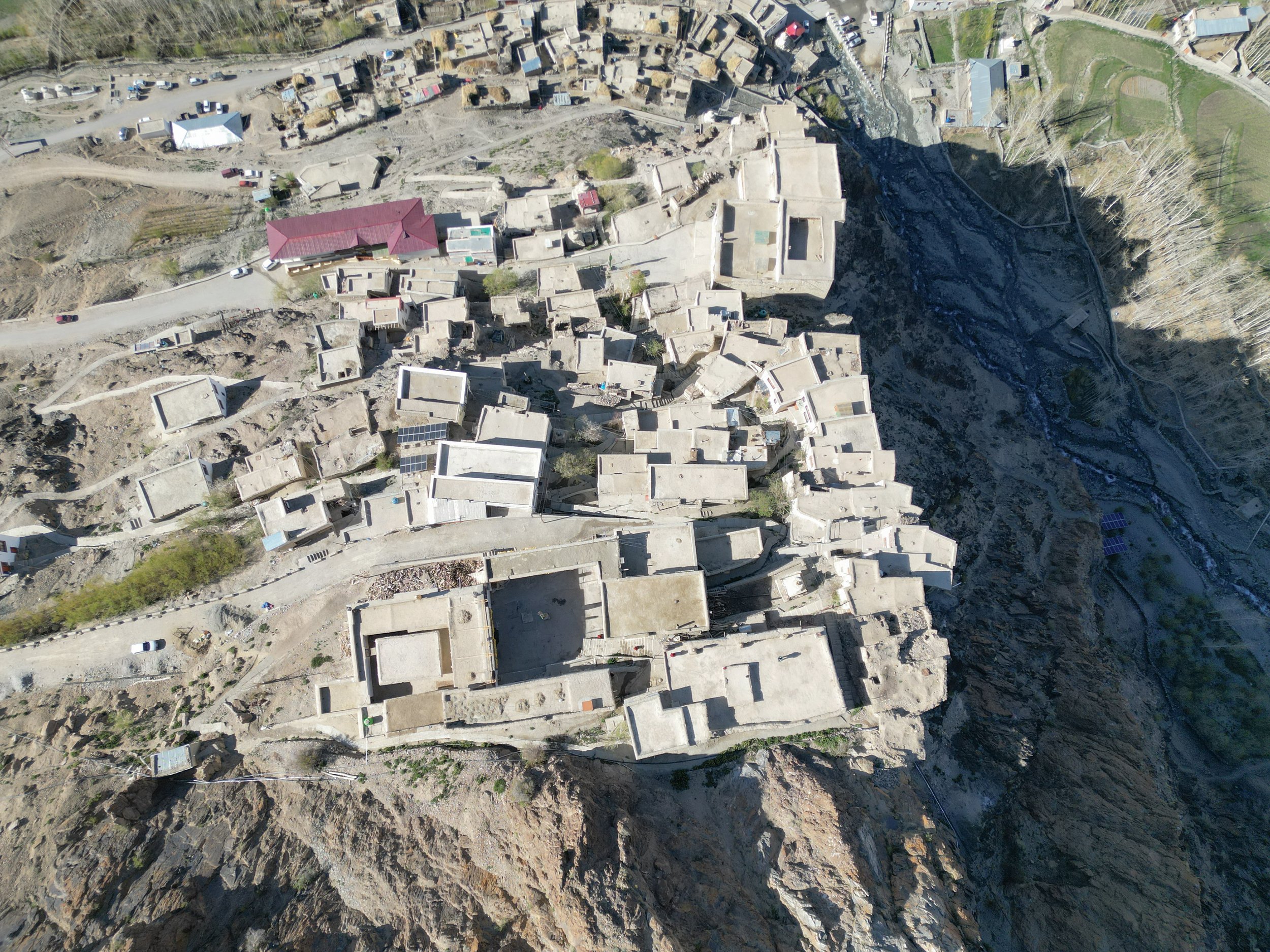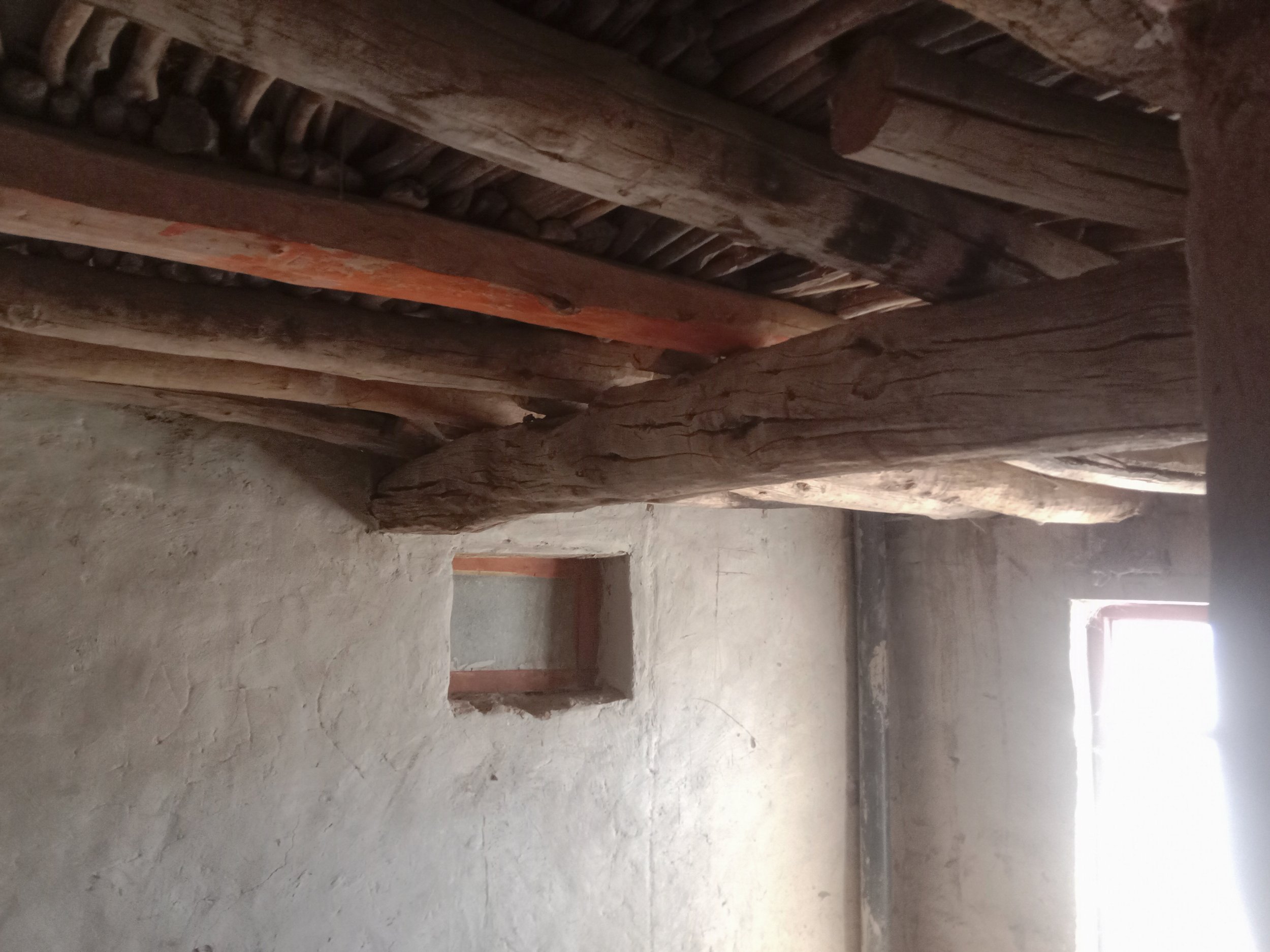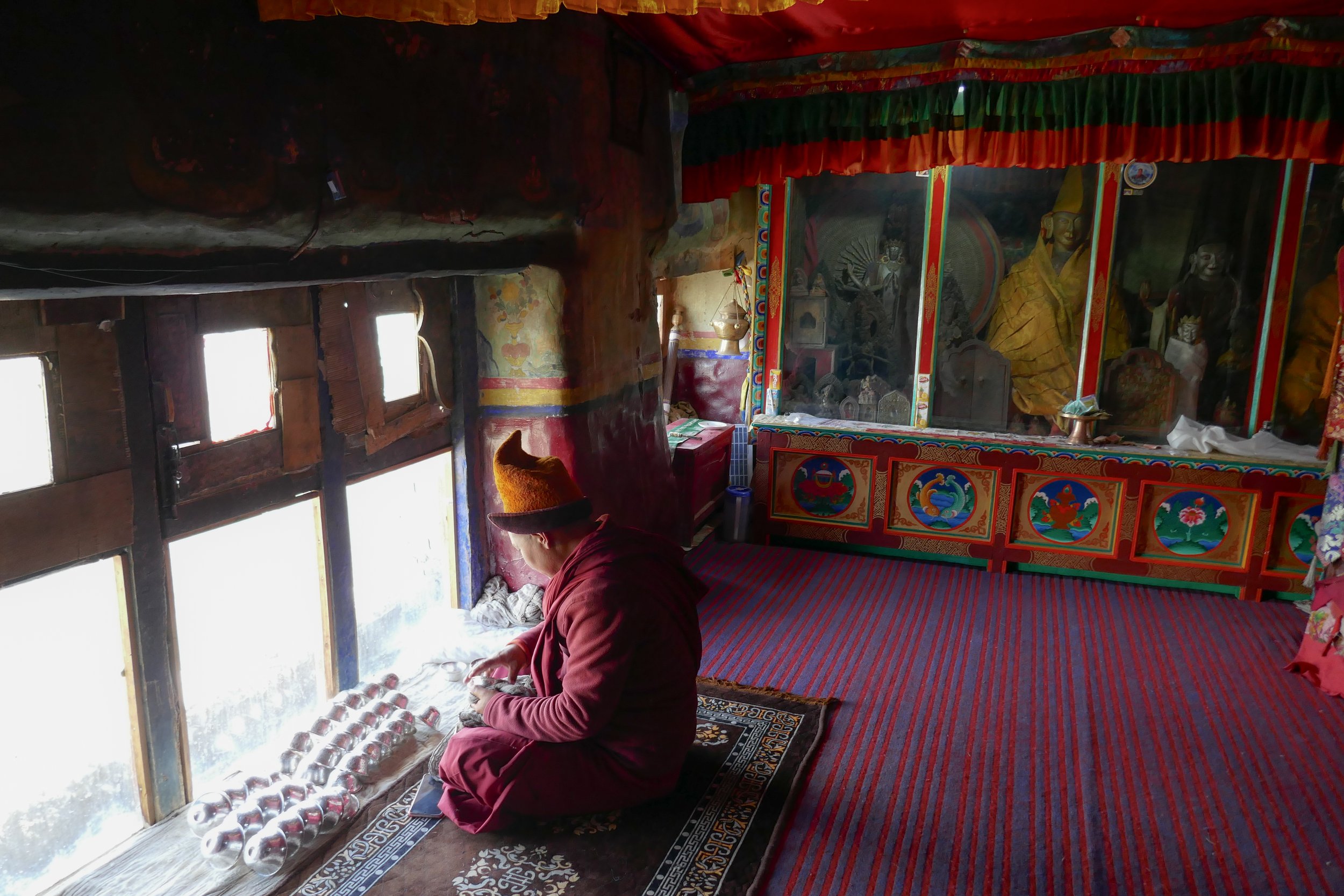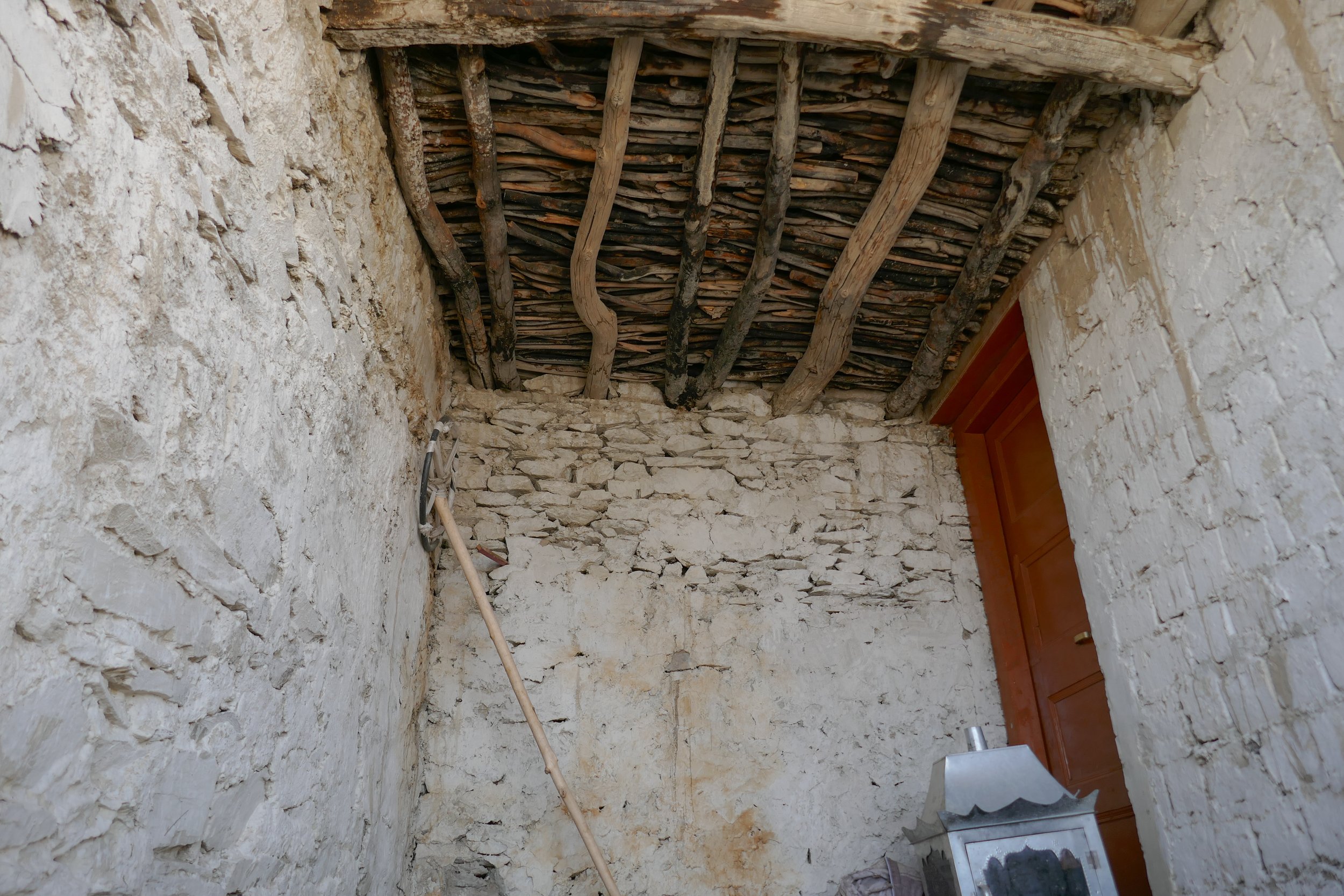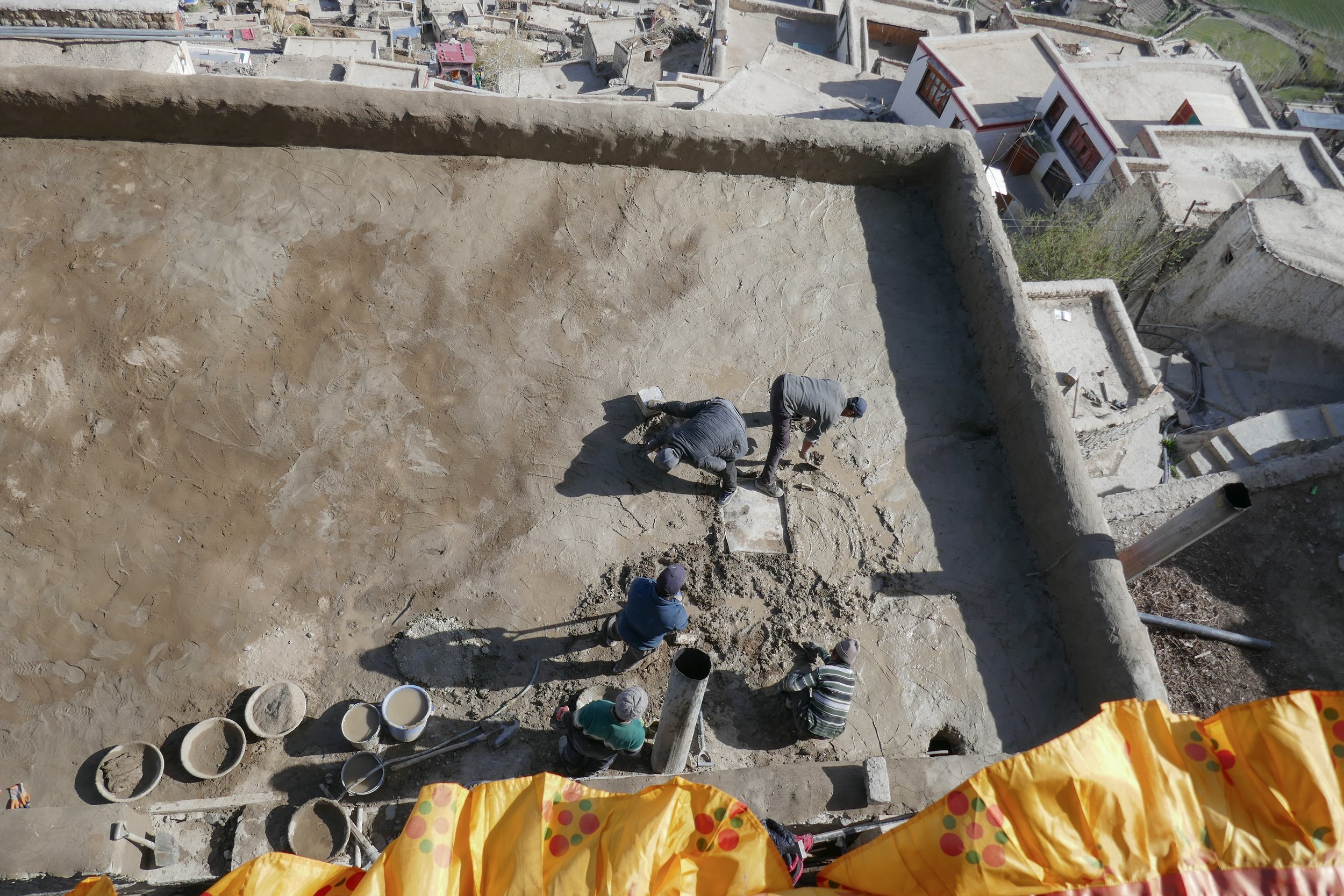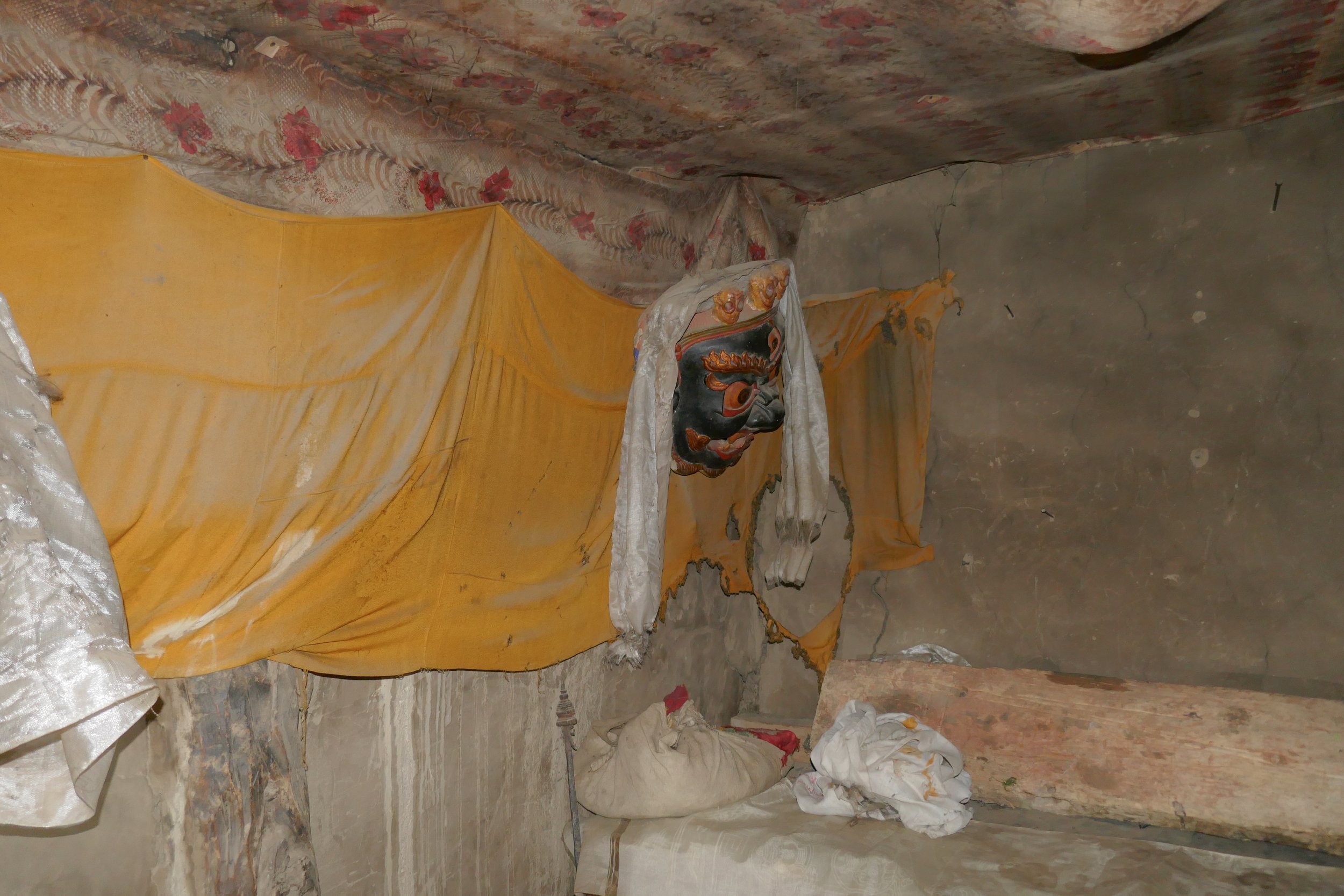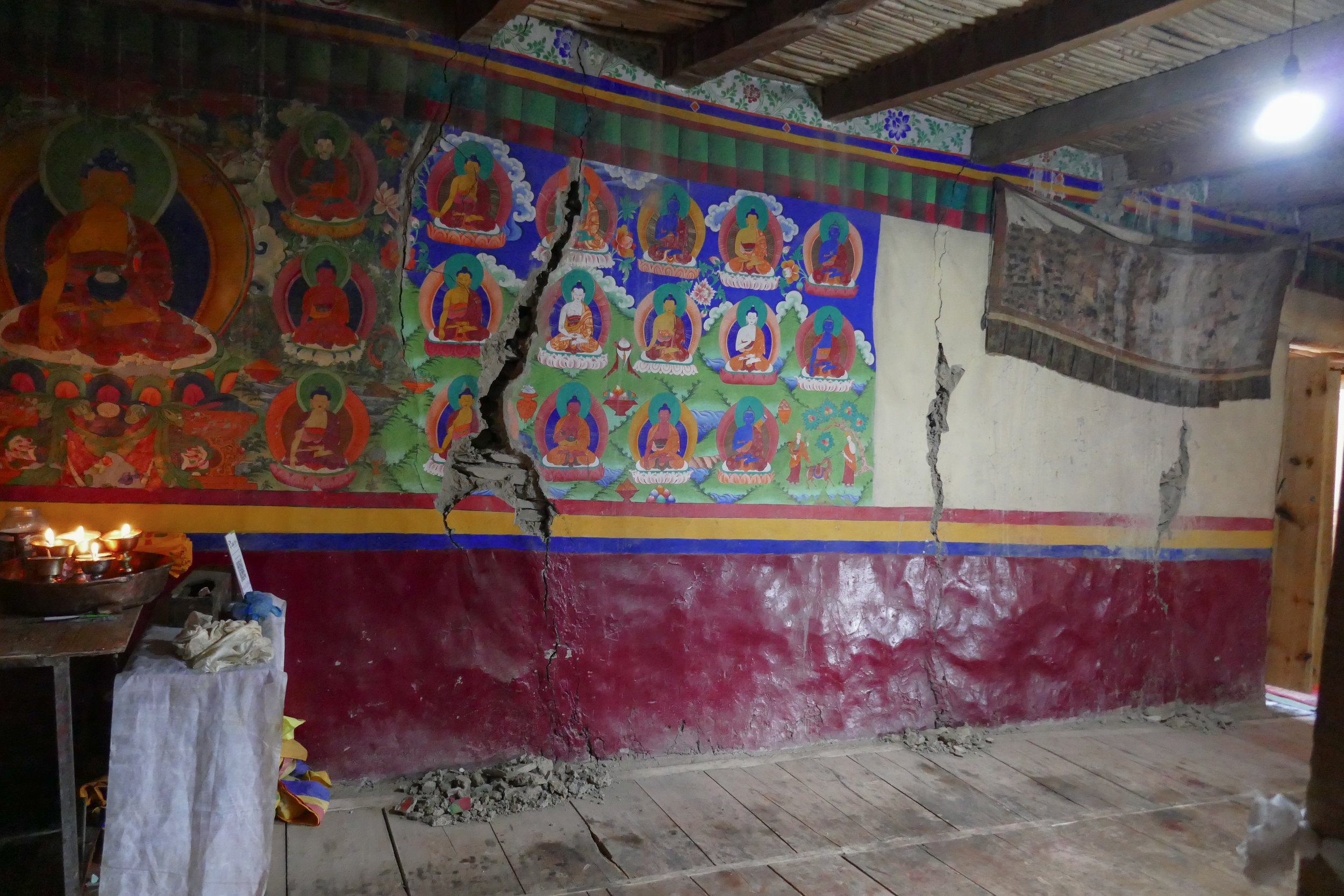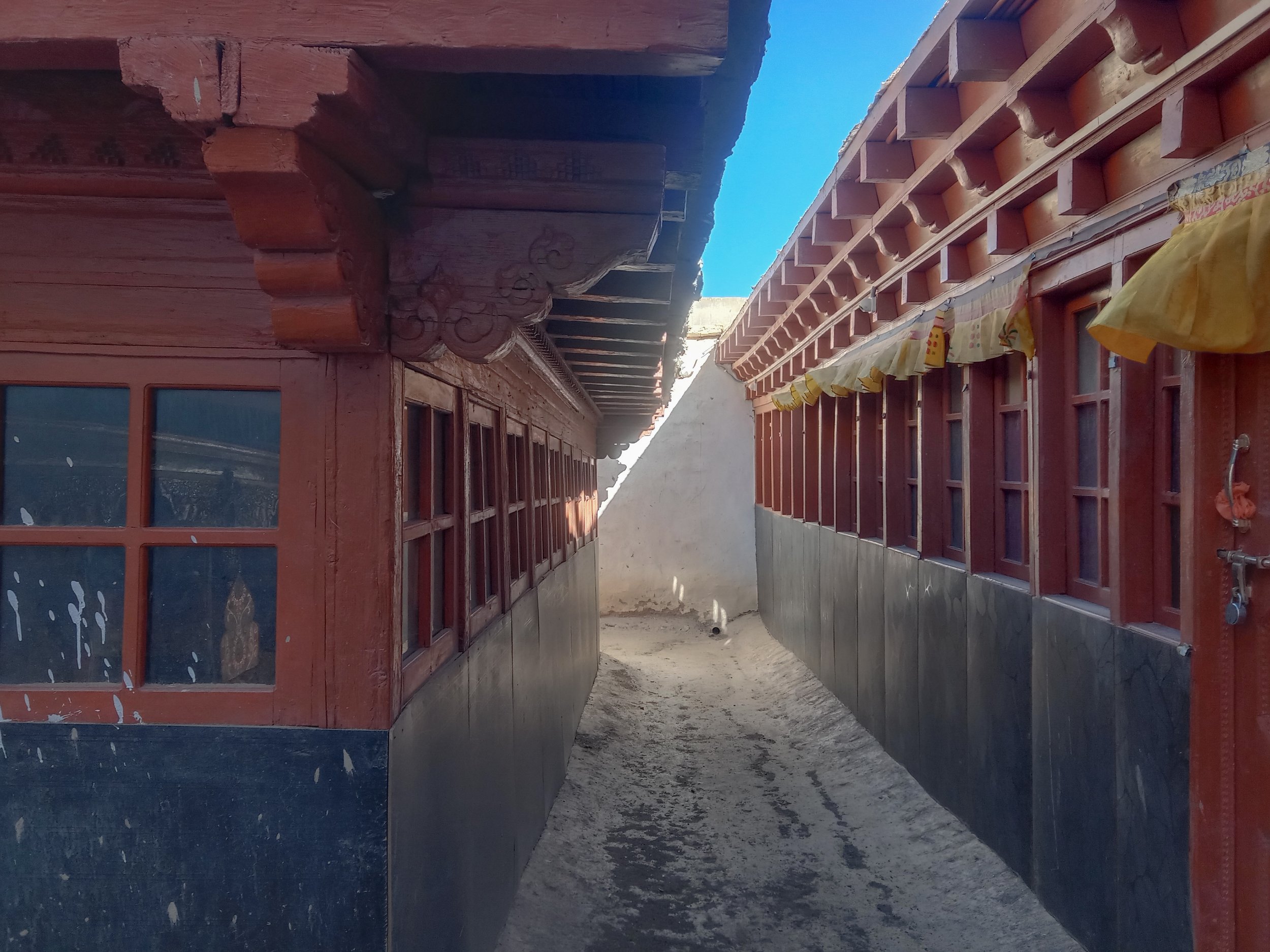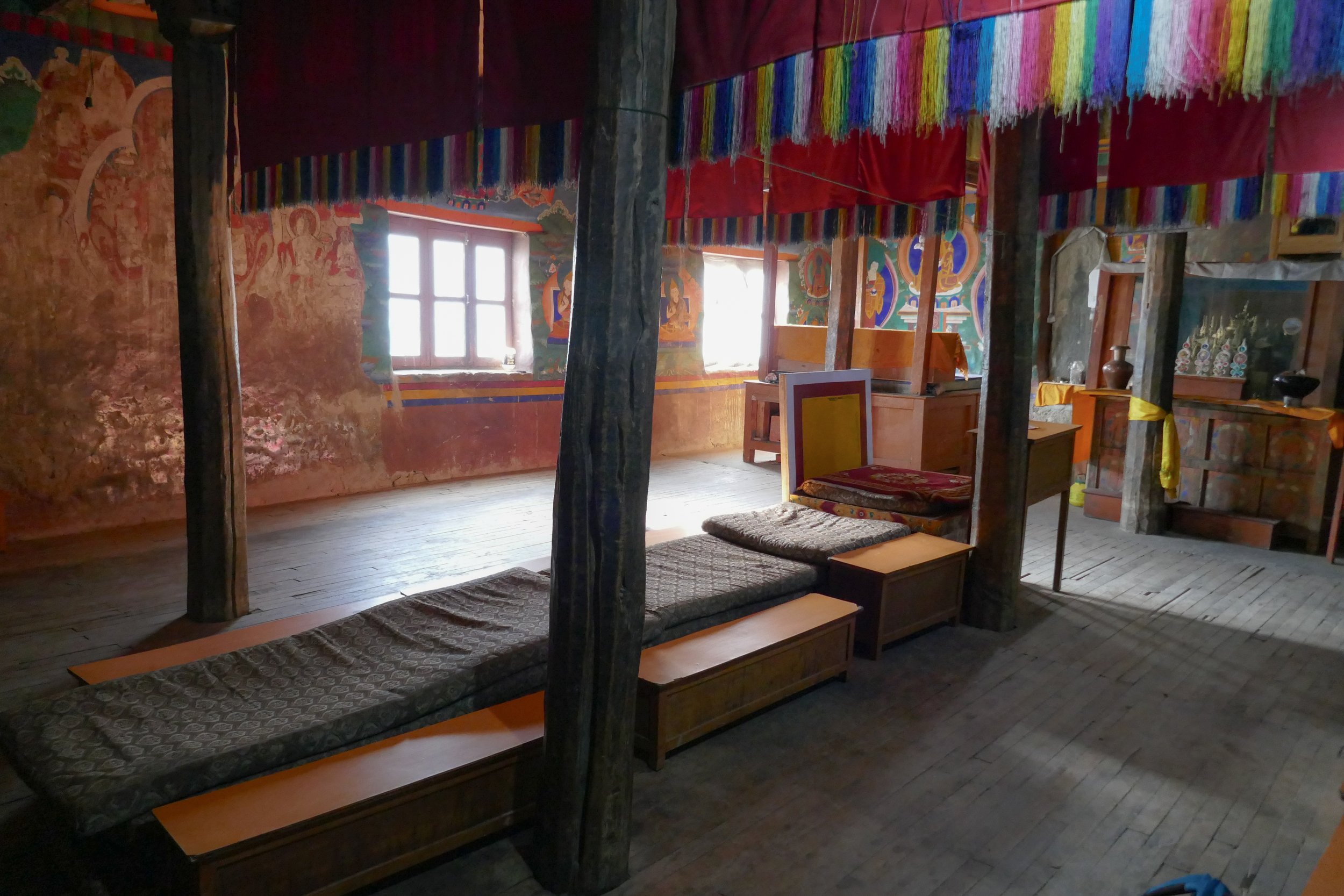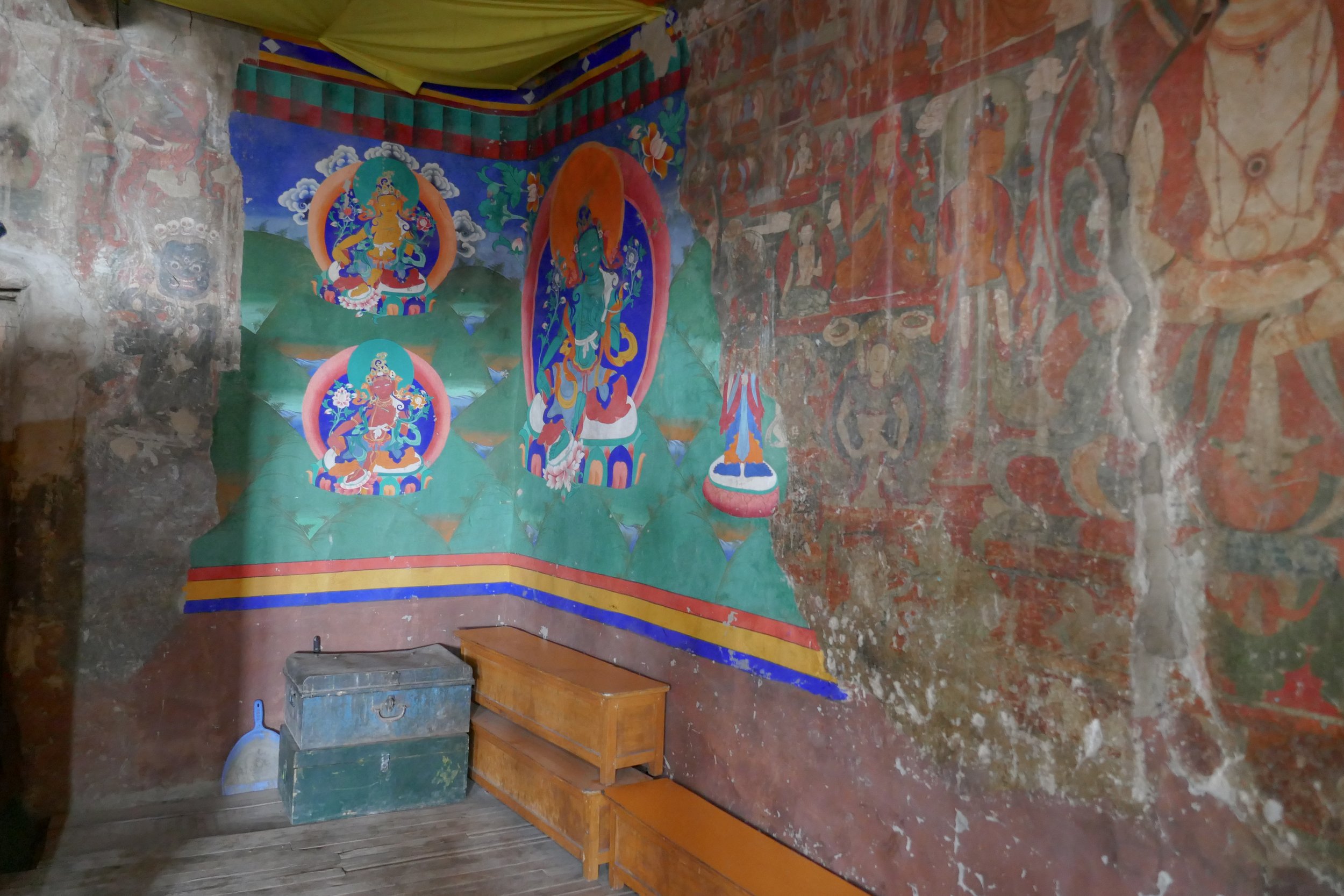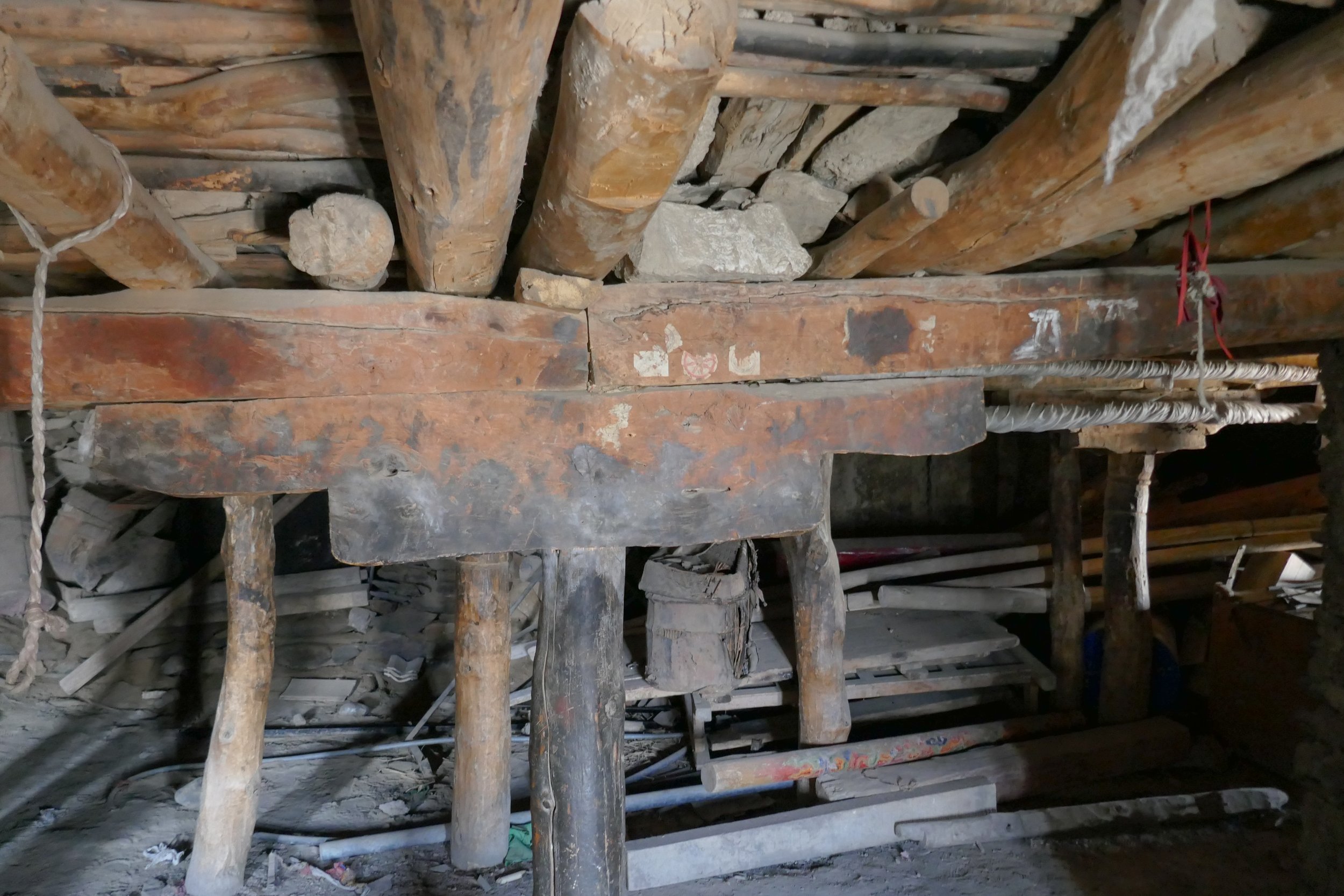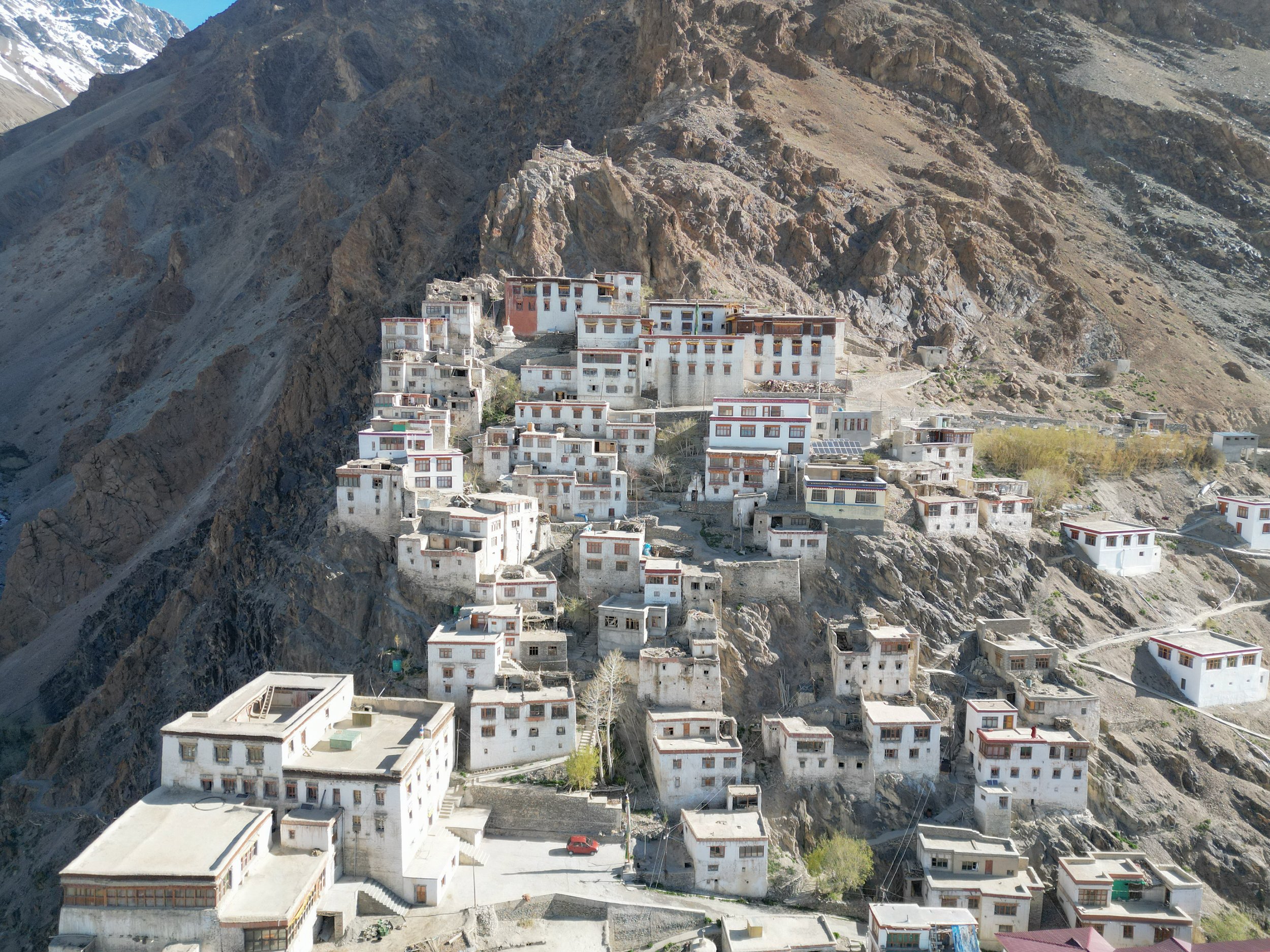
Karsha Gonpa
Karsha Monastery, located in Karsha Village, is Zansakar's largest monastery, serving the greatest number of villages. Its exact age is unknown, but current monks estimate that Karsha’s oldest temple, the Labrang, is over 1000 years old, and the Zanskar Development Authority estimates Karsha to have been established between 858-1055 AD. Its founder was Lotsawa Phakpa Sherab, a renowned scholar and translator and the founder of Phugtal Monastery. Monks of Karsha say that its original sect is also unknown, though it is speculated to be either Sakya or Nyingma. In the mid-15th century, it was converted to the Gelugpa sect by Sherap Zangpo, and it remains Gelugpa today. Now home to about 85 monks, Karsha has a sprawling campus built into the side of a cliff that faces southward and looks out over Padum Valley. Some of the Monastery’s most prominent spaces include the Labrang, an upper assembly hall (Dukhang Gongma), a lower assembly hall (Dukhang Yokma) that features recently renovated walls and murals, and a courtyard for ceremonies and ritual chams dance. Because of its responsibility as the largest monastery in Zanskar, Karsha Monastery was recently tasked with building a palace to represent Zanskar’s welcoming of His Holiness the Dalai Lama. The cost of this brand new structure has unfortunately meant that the Monastery has few remaining funds with which to renovate its upper assembly hall. Though this is not the only sacred space that was damaged in Zanskar’s 2023 5.5-magnitude earthquake, Dukhang Gongma’s restoration is especially urgent given its historic purpose of housing Karsha’s most prized and sacred statues and relics.
